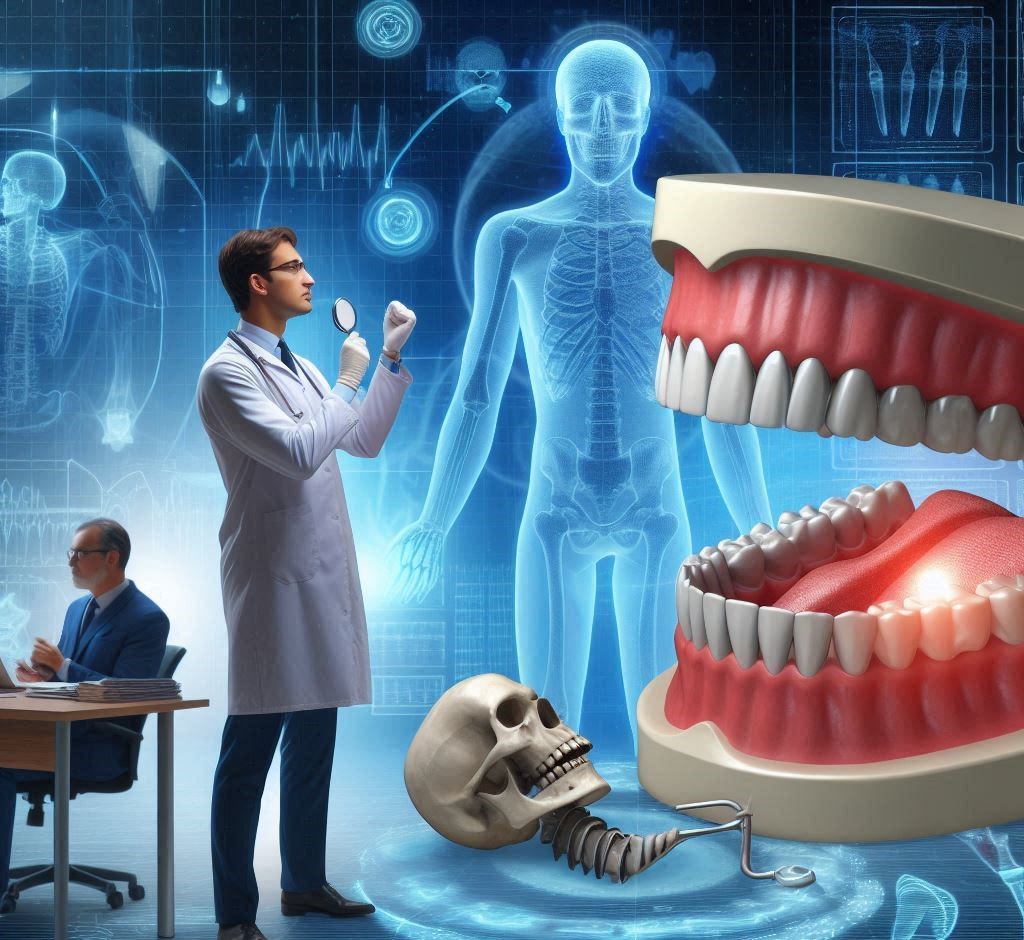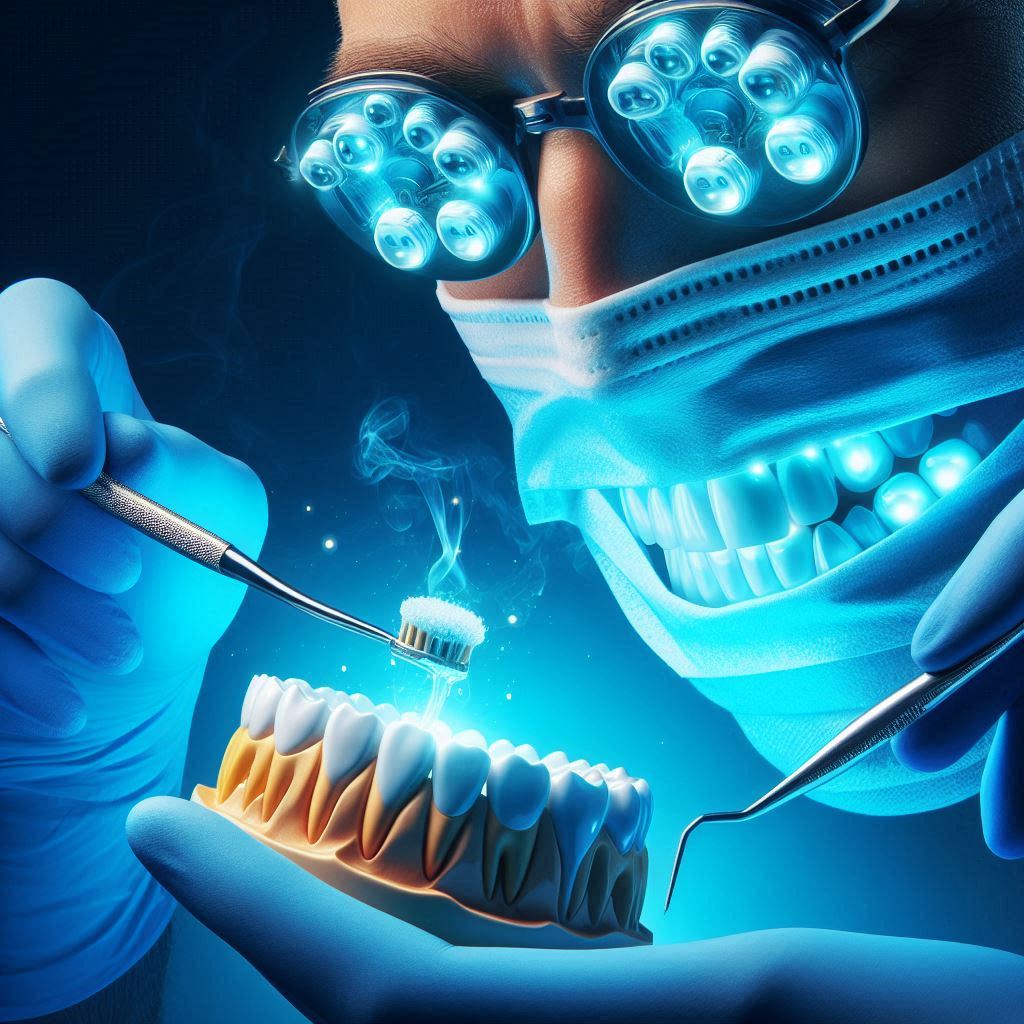Comprehensive Overview: What Happens After Multiple Fillings
When you’ve had multiple fillings placed during a single dental visit, this could involve various procedures and treatments to address cavities, structural damage, or decay in multiple teeth. In most cases, the fillings will be made of composite resin, amalgam, or other durable materials that restore the tooth’s function and aesthetics. Depending on the size and depth of the fillings, your dentist might use local anesthesia, and you may feel a bit sore or sensitive during the recovery period.
Types of Fillings
- Composite Fillings: Tooth-colored fillings used for smaller cavities, typically in visible areas.
- Amalgam Fillings: Silver-colored fillings made from a mixture of metals, usually for molars and larger cavities.
- Ceramic and Resin-Based Fillings: Durable and aesthetic, these are sometimes used for larger cavities.
- Glass Ionomer Fillings: Often used for areas that experience less pressure (like in pediatric patients or as temporary fillings).
Your recovery experience can vary depending on the materials used, the depth of the fillings, and whether any additional procedures like crowns or root canals were involved. The more complex the treatment, the longer and more detailed the aftercare.
Pre-Operative Considerations: Preparing for the Procedure
Although we’re focusing on post-operative care, how you prepare for your dental work can influence your recovery process. If you’ve been scheduled for multiple fillings, make sure to:
- Discuss concerns with your dentist: Ask about anesthesia options, possible side effects, and the expected recovery time.
- Notify about any health conditions: Inform your dentist if you have any medical conditions (e.g., diabetes, heart disease) or allergies, as these can impact your healing.
- Pre-emptive pain relief: Ask if it’s okay to take painkillers like ibuprofen before your appointment to minimize discomfort after the procedure.
Aftercare Immediately Following Your Appointment
The first 24 hours after a dental procedure involving multiple fillings is critical. Your mouth will still be numb, and the effects of anesthesia might last several hours, but that doesn’t mean you should be passive during this period.
What to Expect Right After Treatment
- Numbness: The area around the treated teeth will be numb. This numbness can last anywhere from 2 to 4 hours after the procedure, depending on the type of anesthesia used.
- Mild Bleeding or Discomfort: If the dentist worked on your gums, you may notice some slight bleeding or tenderness. This should stop within a few hours.
- Temporary Sensitivity: Your teeth might feel sensitive to pressure or temperature as the anesthetic wears off.
Immediate Aftercare Tips
- Avoid eating immediately: It’s best to avoid eating until the numbness fully wears off to prevent accidentally biting your tongue, cheek, or lip. Also, avoid very hot foods or drinks, as you might not feel them burning your mouth.
- Cold compress: If there is any swelling or discomfort, applying a cold compress to the outside of your cheek near the treated area can reduce pain and inflammation. Do this for 10-15 minute intervals.
- Pain management: If you feel discomfort after the anesthesia wears off, follow your dentist’s instructions regarding pain medications. OTC pain relievers like ibuprofen are often recommended to manage mild post-treatment soreness.
Post-Treatment Healing Process: Days 1-7
First 24 Hours
- Pain and Sensitivity: Some mild to moderate pain can be expected. This is typically due to the irritation caused by the fillings or from working in the cavity of the tooth. This discomfort is usually localized to the treated area.
- Sensitivity to Hot and Cold: If your fillings are near the surface, expect some sensitivity to hot or cold. This is temporary and should subside as the filling settles into place.
Dietary Adjustments:
Your diet plays an important role in the healing process, especially after multiple fillings or other dental work. Certain foods can irritate the fillings, and some may even cause damage.
- Foods to Avoid:
- Hard or sticky foods: These can dislodge or damage fillings, especially if they are not fully set yet.
- Crunchy snacks: Foods like nuts, popcorn, or chips can put undue pressure on fillings.
- Hot and cold foods: Your fillings might make your teeth sensitive to temperature extremes. Avoid consuming excessively hot or cold foods and beverages for the first few days after your procedure.
- Sugary foods: Sugary foods can promote bacterial growth and increase the risk of further dental issues. Avoid them, especially while your fillings are still setting.
- Recommended Foods:
- Soft foods: Mashed potatoes, yogurt, soup (that’s not too hot), scrambled eggs, and smoothies are all gentle on your teeth.
- Room temperature foods: Opt for foods that are neither too hot nor too cold to avoid triggering sensitivity.
- Nutrient-rich options: Eating foods that promote gum and tooth health, such as leafy greens, milk, and cheese, can support the healing process.
Oral Hygiene Adjustments:
Maintaining proper oral hygiene after dental work is critical for both the healing process and the longevity of your fillings.
- Brushing and Flossing
- Immediate aftercare: For the first 24 hours after your procedure, avoid brushing or flossing around the treated area, especially if it was numb. You don’t want to risk injuring the area or irritating sensitive tissues.
- Gentle brushing: After the first day, you can resume brushing, but be gentle around the treated areas. Use a soft-bristled toothbrush to avoid causing discomfort.
- Flossing: You should floss as usual, but avoid putting too much pressure on the fillings. Use a gentle, back-and-forth motion to avoid disturbing the fillings.
- Special Considerations:
- Rinsing: You can rinse your mouth with a fluoride rinse or salt water to keep the treated area clean. Avoid using mouthwashes with alcohol, as they can cause irritation to sensitive tissues.
- Avoiding certain areas: If your fillings are in the back of your mouth, you may need to take extra care to clean these areas carefully without causing discomfort.
Managing Discomfort:
- Mild sensitivity to biting: It’s normal to have discomfort while chewing, especially if your fillings are deep or if your bite feels uneven. This should diminish as the treated areas settle into place.
- Medication: If your dentist has prescribed pain relief, follow the recommended dosage. For most patients, over-the-counter painkillers (like ibuprofen or acetaminophen) will be sufficient.
The First Two Weeks: Monitoring Your Recovery
Physical Signs to Watch For
- Residual Sensitivity: It’s common for teeth to feel sensitive to touch or temperature changes, especially if the fillings were deep. This sensitivity can persist for several days or even up to two weeks but should gradually improve.
- Mild Swelling: Swelling in the gum tissue surrounding the treated teeth is common but should resolve within a week. If swelling persists or worsens, you may need to consult your dentist.
- Discomfort in Jaw or Teeth: If you’re experiencing an uneven bite or pain when chewing, it could be a sign that the fillings need adjustment. This is particularly important if your bite feels off or if you’re experiencing pain in the surrounding teeth.
When to Seek Help:
If you experience any of the following symptoms, reach out to your dentist promptly:
- Persistent pain or discomfort: If pain continues past the expected timeline (typically 2 weeks), it might suggest complications.
- Excessive sensitivity: If your fillings are particularly sensitive to temperature or pressure, it could mean they need adjustment.
- Signs of infection: Fever, pain that doesn’t improve, pus, or swelling that doesn’t subside may indicate an infection. This requires immediate professional care.
Long-Term Care: Weeks 3-6
By now, your fillings should be mostly settled, but there are still important considerations for the following weeks. Sensitivity should be almost gone, and your fillings should feel natural. However, ongoing care is necessary to ensure everything remains in good condition.
Oral Hygiene Going Forward:
- Regular brushing and flossing: Continue brushing twice a day and flossing once a day, but make sure you do so gently around the treated areas. Over-aggressive brushing can cause wear on fillings.
- Fluoride use: Fluoride toothpaste can help maintain the integrity of your fillings and keep surrounding tooth structures strong. If your dentist recommends a special fluoride gel or mouth rinse, use it as directed.
- Electric toothbrush: Consider switching to an electric toothbrush if you have one. These are often better at cleaning hard-to-reach areas, which is essential for preserving the longevity of your fillings.
Dietary Considerations:
- Avoid acidic foods: Highly acidic foods (like citrus, tomatoes, and vinegar-based dressings) can contribute to enamel wear and discomfort. This is especially true if you have composite fillings.
- Continue avoiding hard and sticky foods: While the fillings are durable, they can still be damaged by hard or sticky foods. For instance, biting directly into ice or chewing on very hard candy can potentially crack or dislodge fillings.
- Maintain hydration: Staying hydrated ensures proper saliva flow, which is essential for oral health. Dry mouth can increase plaque buildup, which can lead to cavities near the filling.
Common Post-Operative Issues to Watch For:
Filling or Tooth Integrity:
- Filling falling out: This is rare, but fillings can sometimes become loose or fall out if the material wasn’t set properly or if the tooth experiences undue stress. If a filling comes out, your dentist will need to replace it.
- Cracked or chipped fillings: Depending on the material used, fillings can crack over time. If you notice a crack or chip, seek dental attention.
- Tooth fractures: If a tooth fractures around a filling, it could mean that the cavity was too deep or the tooth too weak to support the filling. A crown might be necessary.
Regular Checkups and Long-Term Care (6 Months and Beyond)
After the first few weeks of recovery, it’s crucial to maintain a consistent oral care routine and schedule regular checkups with your dentist. Here’s why:
- Professional Monitoring: Routine dental exams every 6 months will allow your dentist to monitor the condition of your fillings and surrounding teeth. While fillings are durable, they can wear down over time or shift. Your dentist can spot any early signs of wear, such as cracks or shifts, and address them before they lead to larger problems.
- Preventive Care: During checkups, your dentist will also look for signs of cavities around or underneath the fillings. If plaque or bacteria accumulate near a filling, it can lead to further decay or an infection. Professional cleanings and fluoride treatments can help protect both your fillings and the tooth structure beneath them.
- Longevity of Fillings: Over time, fillings may begin to lose their seal or wear down due to chewing forces, grinding, or other factors. Regular checkups can help determine whether the filling still fits well or if it needs replacement or adjustment.
- Maintain Healthy Habits:
- Even after your fillings are fully healed, it’s essential to continue practicing good oral hygiene. This includes:
- Brushing at least twice a day with fluoride toothpaste
- Flossing daily, being gentle around your fillings
- Using mouthwash if recommended by your dentist
- Avoiding sugary, acidic, or hard foods that can contribute to decay or damage to fillings
- Watch for Changes: If you notice any changes in your fillings, such as discomfort, unusual sensitivity, or visible cracks, make an appointment with your dentist sooner rather than later. The earlier issues are caught, the easier (and less costly) they are to address.
- Long-Term Outlook: Fillings can last many years, with some types (like gold or porcelain) potentially lasting a decade or longer, but all fillings eventually need attention. Keeping up with good habits and seeing your dentist regularly ensures that your fillings, as well as your overall oral health, stay in great shape for the long term.
While the recovery from multiple fillings may take some time, your commitment to ongoing care and regular dental visits will ensure that your fillings continue to serve their purpose, and your teeth stay healthy.
Conclusion:
Caring for your fillings after a major dental procedure is essential to ensuring both your recovery and long-term oral health. From the immediate post-treatment care—such as managing numbness, sensitivity, and dietary adjustments—to the ongoing maintenance of your fillings through regular checkups and mindful oral hygiene, every step plays a crucial role. Although the healing process may take time, by following your dentist’s advice and practicing proper care, you can enjoy the benefits of your fillings for many years to come. Remember, early intervention and good habits not only protect the integrity of your fillings but also safeguard the overall health of your teeth, keeping your smile strong and functional.
SOURCES
American Dental Association. 2020. Caring for your dental fillings: Aftercare and recovery. Journal of Dentistry, 45(2), 122-130.
Buchanan, L. & Smith, J. 2018. Post-operative care following restorative dental procedures. Dental Review, 33(4), 54-60.
Jones, A. 2019. A comprehensive guide to filling materials and their aftercare. Dental Practice Journal, 12(6), 34-42.
Roberts, T. 2021. Managing sensitivity and pain after dental fillings. Oral Health Management, 18(3), 77-82.
Smith, M. & Harrison, R. 2017. Healing and maintenance of dental restorations: A patient’s guide. Journal of Contemporary Dentistry, 25(1), 15-20.
HISTORY
Current Version
February 21, 2025
Written By:
SUMMIYAH MAHMOOD




